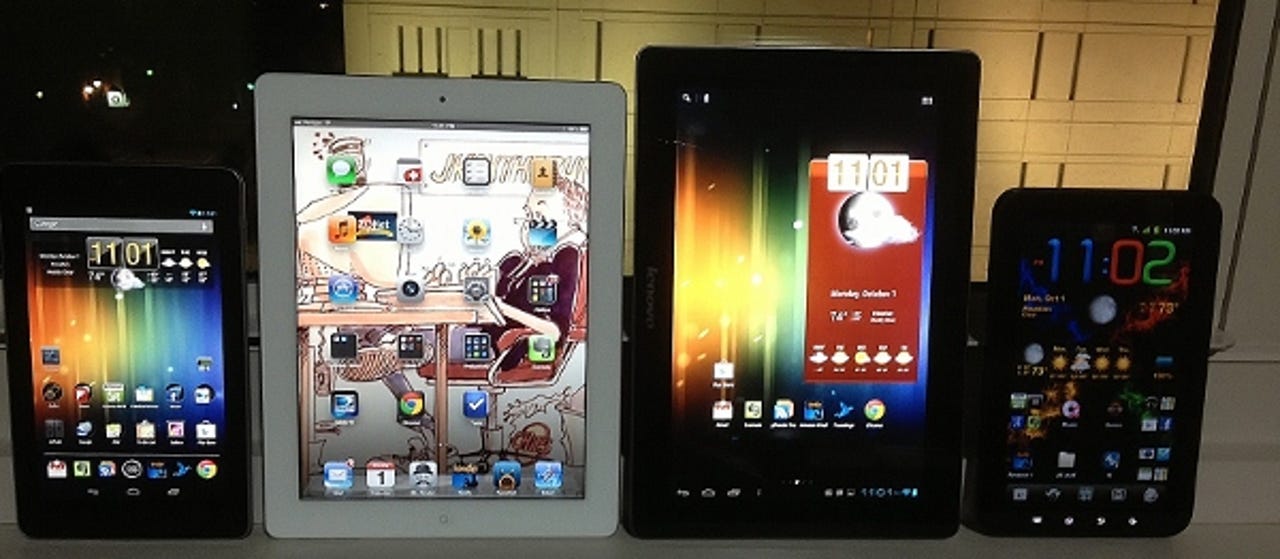Coming to all mobile devices: Portable user environments


The era of the mobile device is entering a new phase that will empower users as never before. The ability to have a single user login that brings all apps, settings, and user customizations from one device to another will soon be the norm.
Those using multiple devices -- laptops, tablets, smartphones -- are used to a lack of communication among them. You set up your laptop the way you want it including the user environment, but when you get a tablet you have to do it all over again. Any apps you install on one often have to be purchased anew and installed on each device you use on a particular platform.
That will soon be a thing of the past as the major mobile platforms are moving to handle not only multiple users on a device but more importantly make each user's environment portable. The user environment carefully configured on the laptop, for example, will follow you to the tablet you buy.
Microsoft gets how important this is and has implemented not only multiple user support but also allows the user environment, including some configurations and personal information, to follow you to any Windows 8 device you log into. Sign in and your stuff is there on both PCs and tablets. It is quite powerful and a huge time saver now that Windows handles multiple device forms. Microsoft got this right with Windows 8. Hopefully this will soon extend onto Windows Phones to complete the mobile experience.
Those using Android devices have already enjoyed a limited form of this mobile user environment across phones and tablets. You sign in with your Google account and all apps installed on one device are available on other Android devices. You still have to personalize the user environment, but the important stuff (email, contacts, apps) follow you.
Now that the Chrome browser is the default on the most current versions of Android, the browser environment follows you, too. This has particular importance for those using Chromebooks, Chromeboxes, and Android devices. Just log into those devices and your entire browsing environment is instantly available. This yields a user environment that follows you from desktop to laptop to tablet to phone. This is incredibly powerful.
If Google makes it possible in the future to run Android apps on devices running the Chrome OS the mobile user environment will be complete. I wouldn't be surprised if Google is working on this although I have no information that this is so. It makes sense though, and would meld Chrome/Chrome OS/Android into a powerful ecosystem of apps and portable user environments. Imagine if all your Android apps were on not only your phone and tablet but your Chromebook and Chromebox, too.
The just-announced version of Android, aka Key Lime Pie, is finally bringing multiple user profiles to the platform. This makes sense on tablets which are often passed around. Each user logs in to the Android tablet and the device changes to fit the particular user. This is already handled flawlessly on Chromebooks and Chromeboxes. Windows 8 allows multiple user profiles, too.
Those in the Apple ecosystem have a limited form of the portable environment. Apps follow the user from iPhone to iPad, along with some user information through iCloud. Some user information bridges OS X the same way. It's not like the full user profile follows the Mac, iPhone, and iPad owner around, but it's getting there.
Soon I expect that on all three of these platforms all pertinent information will cross from desktop to mobile devices via a single user login. All your apps will be available on any device you use via a simple login. This makes sense not on just a user level but for the companies building the platforms. This is a powerful incentive for consumers to stick with a single vendor as all investments in the platform ecosystem will follow the user. Buy once, use everywhere.
One user profile, one user experience. This will complete the bridge between the desktop and the mobile world. The focus will be on the user and not the device, which is as it should be. I don't think we have long to wait until we get there.